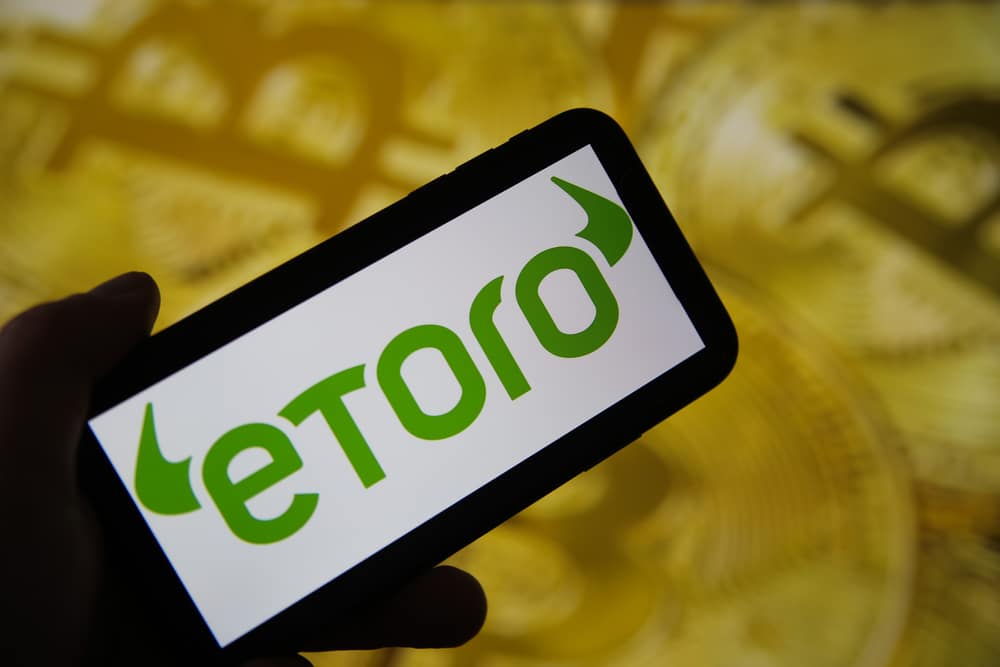When purchasing ether or other cryptocurrencies, the platform is a critical consideration. The choice of the trading platform for Ether mandates assessing critical factors such as the process’s simplicity and matters concerning fees, compliance, trust, and security as manifested by eToro.
Understanding eToro
eToro is a multi-asset investment and social trading platform developed around investor education and functionalities for smooth trading. Besides, it is a regulated platform providing a diverse crypto collection, including Ether.
Educational resources, market insights, and research tools allow users to monitor the dynamic Ethereum landscape. This guide explains how to purchase Ethereum on eToro.
How to Create an eToro Account
This is the initial step and entails the following:
1st step: Open the eToro website on the web browser or download the application.
2nd step: Click the ‘Sign Up’ button on the homepage to initiate registration. The email and chosen username and password should be entered on the displayed form. The terms and conditions, cookies, and privacy guidelines should also be acknowledged.
Log in and Confirm identity in the eToro account
The steps involved are as follows:
1st step: A person can utilize the same password and username used when creating the account to log in. In case the parameters are forgotten, email can be used to reset.
2nd step: After login, details like investment history, approach and/or style, and a short bio must be filled in to offer other users ample data about the user. Additionally, users can upload an image of themselves.
3rd step: To start trading, one must confirm their email. eToro sends a confirmation email that should be clicked to finish the process.
The link directs a person back to the eToro website, where they must add their phone number and confirm it. A confirmation code that should be entered into the eToro website is sent.
4th step: After the basic confirmation process, a person can deposit funds into their account. Deposit restrictions are there prior to completing the profile.
5th step: A person should authenticate their identity with government-provided identification documents and address proofs, for instance, utility bills. This legal requirement is under the Anti-Money Laundering (AML) and Know Your Customer (KYC) regulations.
Deposit Money into the eToro Account
Before one starts purchasing or trading cryptocurrencies, funds must be deposited in the eToro account. The steps involved include:
1st step: The user should click the ‘Deposit Funds’ button on the screen.
2nd step: A pop-up box appears on the screen, and a person can enter an amount and pick a currency and payment method. Examples of payment methods include wire transfers, debit/credit card payments, and online payments.
Based on the local regulatory environment, payment methods differ in various nations.
3rd step: For card payments or wire transfers, one should pick a bank from the list, and eToro will create a bank-end link with the bank. Information like card details should be entered on the person’s end, which is later verified to complete the transfer.
4th step: The platform creates a direct link and promotes money transfers for other transaction strategies available on eToro in different regulatory jurisdictions. Neteller, PayPal, and Skrill are examples of payment solutions supported by eToro.
People can pick their preferred application and follow the prompts to connect their payment application account with eToro.
Purchasing Ethereum on eToro
A person can purchase ETH after adding funds to the eToro account. The steps involved are:
1st step: Go to the left side panel and click ‘Trade Markets’
2nd step: Click the ‘Crypto’ tab and ‘Buy’ option on the Ether tab to display charts.
3rd step: fill in the amount and select between the ‘Trade Order’ and ‘Limit Order’ options.
4th step: order details must be reviewed prior to placing the order
5th step: One might use the deposited funds for payment.
Final Thoughts
eToro shows critical data concerning traders and their strategies to aid users in making crucial decisions concerning their trading approaches. However, such data does not necessarily indicate future results, and trading is speculative.
Risk is used to evaluate an investment’s potential future performance. A sharp deviation in this measurement demonstrates the asset’s volatility; the higher the volatility, the riskier the investment.
